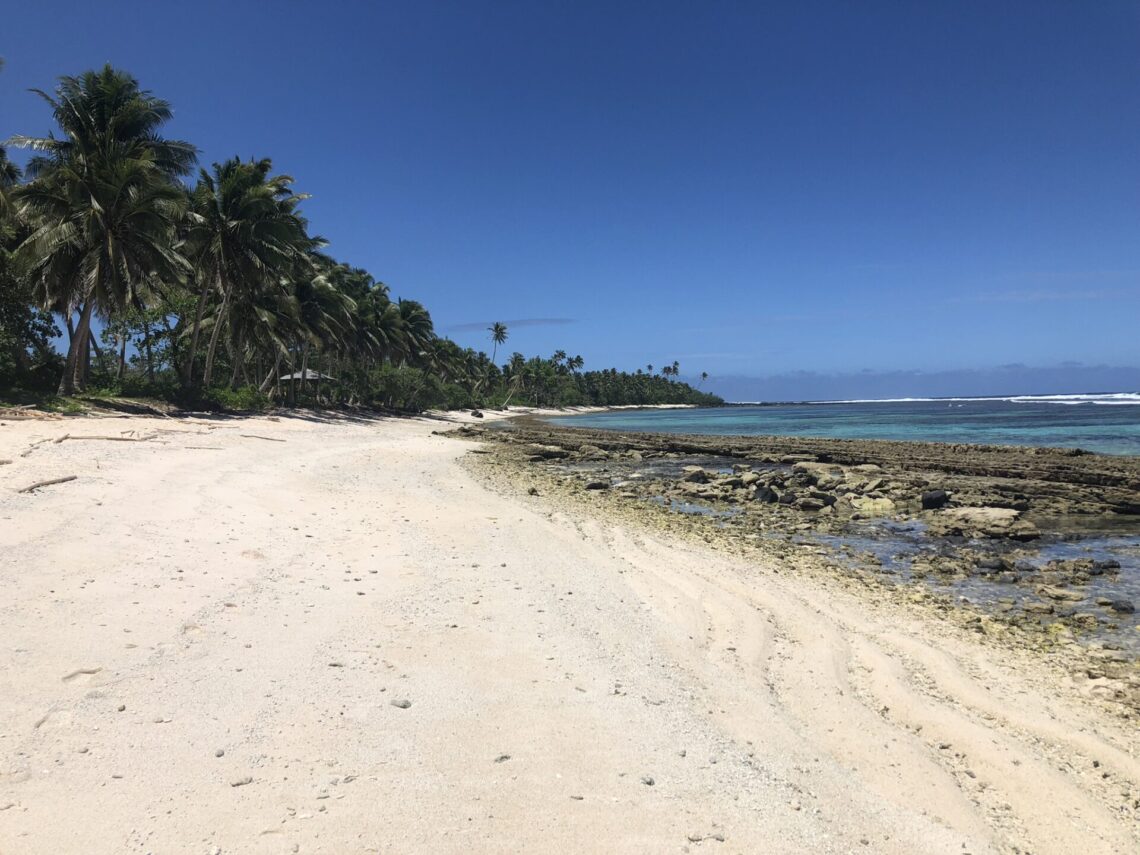The challenge
The Pacific region faces significant risks from natural hazards, land use change, and biodiversity loss, but these challenges can be mitigated through nature-based solutions that enhance ecosystem resilience and sustainability. By restoring coastal ecosystems, preserving forests, and implementing sustainable land management practices, nature-based solutions offer a proactive approach to reducing the vulnerability of Pacific communities to environmental threats. More case studies are required to demonstrate their role alongside traditional coastal engineering and vegetation restoration approaches.

Our work
This project covered multiple Pacific Islands and includes a hazard assessment and economics study to support their ongoing delivery of nature-based solutions. It includes four sector and location assessments:
- Water resources and riparian zone restoration
- Mangrove restoration
- Nature-based seawalls for coastal erosion protection
- Climate smart agriculture (i.e. ‘agroforestry’)
The project used a standardised assessment approach that can be repeated and expanded for other PICs. This includes a multi-hazard hazard assessment and development of a baseline economic case which included ecosystem services and annualised climate-related damages. NBS options were identified, prioritised, costed and assessed in terms of their potential for hazard reduction and improvement/restoration of ecosystem services. The baseline ‘business as usual’ values were derived using flood hazard maps, sediment loads, downstream receptor communities and existing productivity rates. NBS schemes were assessed using monetary values for ecosystem service flows per ecosystems to derive a total base-case ecosystem service per annum. The benefits of the potential NBS scheme have then been assessed through (i) the avoidance of direct damages (relevant for flood and erosion risk case studies) and (ii) the additional natural capital benefits due to the scheme.
Across the four themes, we found that community-based mangrove restoration can yield very high benefit-cost ratios by stabilising eroding shorelines and enhancing natural capital through carbon sequestration, increased biodiversity, and improved fisheries production, with the main costs associated with establishing new nurseries and community training. Riparian restoration offers its greatest benefits by reducing sediment loads in waterways, which helps avoid damage to important downstream ecosystems, such as coral reefs. Nature-based seawalls can be cost-effective if erosion risks to waterfront assets and roads are high, with additional benefits in mitigating coastal inundation for certain designs. Climate-smart agriculture (e.g., agroforestry) is a new area of assessment for our team, which must account for the costs of developing new agricultural practices, their suitability to the landscape, the time required for crops to mature, and the potential future sale price of yields.

